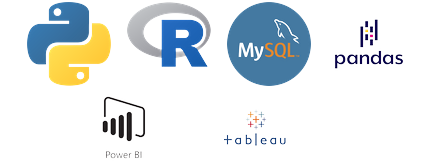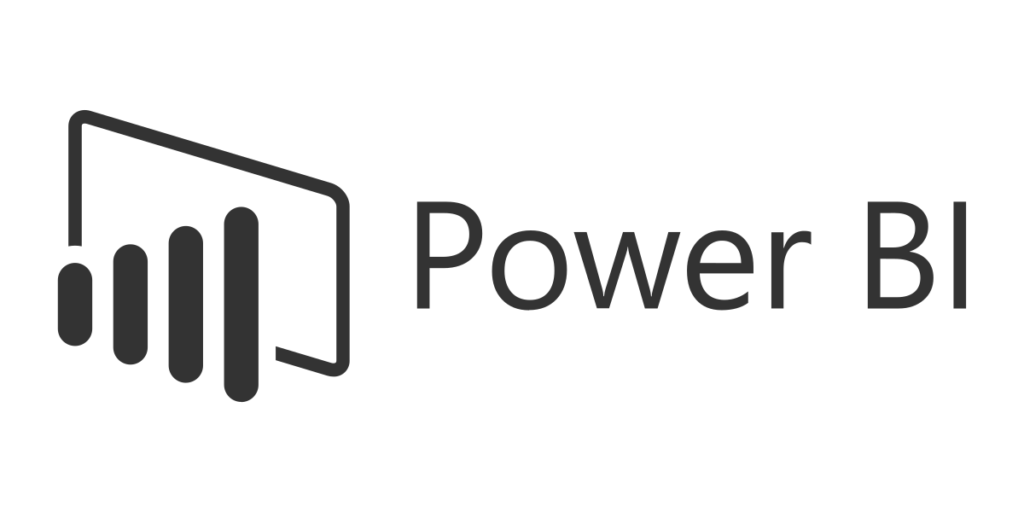Do you want to learn?
We are here to help.
We teach programming languages and tools that are used by industries and generate jobs.


Power BI is a tool for Business Intelligence created by Microsoft.
It is an easy to use tool for Data Analysts and Business Analysts.
You can join Power BI course at Slidescope and get complete guidance with practical knowledge on live datasets.
With knowledge of programming languages like Python or R Programming, Power BI becomes a powerful tool for data analysis.
Power BI can connect to data sources like – Excel, SQL, CSV, JSON, XML etc. and with simple drag and drop you can start analyzing data.
| Course Name | Power BI Course for Beginners |
| Mode Of Training | Online and Offline |
| Duration | 10 Weeks |
| Course Provider | Slidescope |
Here’s a comprehensive syllabus for a beginner’s course on Power BI. This syllabus is structured to cover the fundamental aspects of Power BI, including data import, transformation, visualization, and sharing.
We teach programming languages and tools that are used by industries and generate jobs.

Get certificates on completion of courses. Our certificates have helped many students in getting placed in reputed companies. Students have presented our certificate to top universities to prove their qualification for various programming languages.